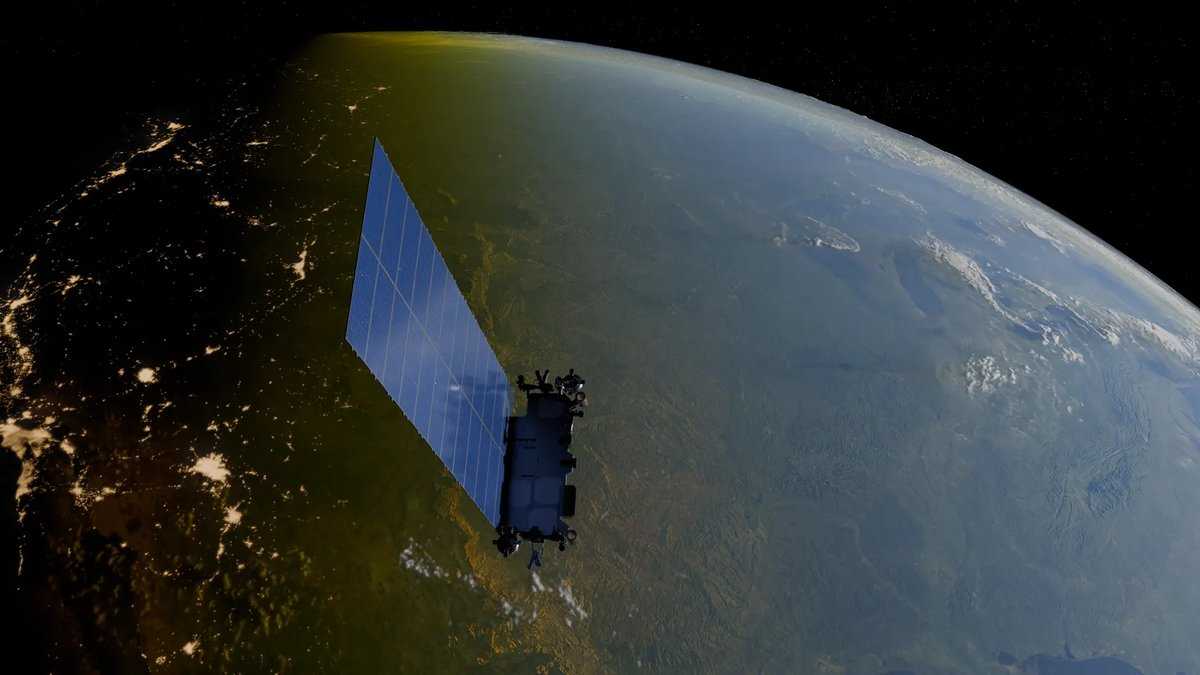Science
How to Like Someone? Let Your Imagination Do the Work
24 December 2025

Internet from space, available anywhere on the globe—this sounds like a dream come true. However, a new study published in the prestigious "Geophysical Research Letters" casts a shadow over this revolution. Scientists warn that thousands of Starlink satellites in the sky, after completing their missions, turn into an aluminum oxide cloud in the atmosphere. This compound can seriously damage the ozone layer—our natural shield against dangerous radiation
Today, Starlink satellites in the sky comprise almost half of all active devices in low Earth orbit. Yet, this is only the beginning. SpaceX plans to launch as many as 42,000 of these satellites. Their mission is simple: provide high-speed internet even in the globe’s most remote corners.
However, a problem emerges when these devices reach the end of their operational lives. After several years of work, they re-enter the atmosphere and burn up, leaving a trace. Recently, a study published in Geophysical Research Letters demonstrated that these incinerated satellites deposit aluminum oxide particles into the air. This compound could potentially endanger the ozone layer.
Recommended: The End of Security: New AI Writes Bomb-Making Instructions
These are not merely concerns; in fact, we are already observing the effects. From 2016 to 2022, the amount of aluminum oxide in the atmosphere increased eightfold. Models predict that if the current deorbiting rate continues, aluminum oxide contamination levels could rise by 640%.
“This is primarily a problem related to the large number of satellites that will be launched in the future. Based on this projection, we are very concerned,” warns Dr. Joseph Wang, co-author of the study, in an interview with CNET.
Furthermore, before it disappears, each satellite leaves behind up to 30 kg of aluminum oxide. Newer models are even larger, consequently producing even more. These particles then float in the upper atmosphere for decades before settling. Throughout this period, they can harm the ozone layer.
More and more private companies, such as Amazon, are also working on their own satellite constellations. According to Nature, as many as 100,000 satellites may soon orbit Earth. Notably, the vast majority of these will come from commercial initiatives.
This could pose a significant problem for both people and the environment. Indeed, Starlinks might not only obscure the stars but also damage the layer that protects life on Earth. According to the U.S. EPA, the consequences of ozone layer depletion could include skin cancer, cataracts, weakened immunity, as well as reduced crop yields and disruptions in marine ecosystems.
“Currently, we have a poor understanding of the environmental impact of satellite re-entry into the atmosphere,” scientists acknowledge.
Beyond threats to the atmosphere, Starlink satellites in the sky are also becoming a serious issue for astronomers. Specifically, they disrupt research on stars, planets, and asteroids. Astronomers warn that the growing number of these satellites could make it impossible to detect dangerous objects approaching Earth.
The revolution in internet access continues. However, Starlink satellites in the sky are not just a symbol of modernity. They also represent a potential threat to health and the environment. If their numbers continue to grow as rapidly as SpaceX projects, we may wake up in a world where the sky is full of satellites, and the sun feels increasingly dangerous.
Read the original article: Mroczna strona internetu od Muska. Czy Starlinki niszczą naszą warstwę ozonową?